No se pudo cargar la disponibilidad de retiro
Salvador Dalí, one of the most renowned artists of the 20th century, created "Desert Landscape" in 1934, a painting that epitomizes his surrealist vision and technical prowess. This artwork captures the essence of Dalí's ability to blend the dreamlike with the realistic, transporting viewers into a world that is both familiar and fantastical.
"Desert Landscape" features a vast, arid expanse, punctuated by Dalí’s characteristic surreal elements. The painting’s foreground is dominated by a barren desert, its sandy hues contrasted by a strikingly blue sky. This stark, empty landscape evokes a sense of isolation and timelessness. However, true to Dalí’s style, the scene is not merely a simple representation of a desert. Intricate details and unexpected objects are scattered throughout, inviting viewers to delve deeper into its symbolic meanings.
Dalí’s "Desert Landscape" is rich with symbolism. The desolate setting may symbolize the subconscious mind, a barren yet fertile ground for the imagination. Objects within the painting, such as melting clocks, fragmented statues, and other enigmatic figures, are quintessential Dalí motifs, often interpreted as symbols of the fluidity of time, the fragility of human existence, and the persistence of memory. The juxtaposition of these surreal elements with the realistic depiction of the desert creates a dreamlike atmosphere, a hallmark of Dalí’s work.
Dalí’s meticulous technique is evident in the precise, almost photographic realism with which he renders the desert landscape. This attention to detail, combined with his innovative use of light and shadow, enhances the surreal quality of the painting. The sharp contrasts and the clarity of the forms draw viewers into the scene, making the fantastical elements even more striking. Dalí’s use of perspective further adds to the depth of the painting, creating an immersive experience that challenges the viewer’s perception of reality.
Created in 1934, "Desert Landscape" comes from a period in Dalí’s career where he was deeply immersed in the surrealist movement. This was a time when artists were exploring the unconscious mind, dreams, and the irrational aspects of human experience. Dalí’s works from this era, including "Desert Landscape," were instrumental in defining the visual language of surrealism. The painting reflects the broader cultural and artistic currents of the 1930s, characterized by a fascination with Freud’s psychoanalytic theories and a desire to break away from traditional artistic conventions.
Salvador Dalí's "Desert Landscape" (1934) is a profound exploration of surrealism, blending meticulous realism with symbolic depth. This painting invites viewers into a mysterious, dreamlike world, showcasing Dalí’s unparalleled ability to transform the mundane into the extraordinary. It remains a testament to Dalí’s legacy as a master of surrealist art and a pivotal figure in 20th-century art history.
Materials
Materials
Cotton canvas, matte photo paper, fine art paper, pigmented inks.
- The canvas it's 99 % cotton, 450 gr/sqm;
- The matte photo paper it's acid-free (archival paper), 190 gr/sqm;
- The fine art photo paper it's satinated (semi-glossy), 140 gr/sqm.
Shipping & Returns
Shipping & Returns
Dispatching time: 1-2 days.
* Standard shipping fee: The orders will be sent by priority registered mail, usually via client National Post (USPS, Canada Post, Royal Mail, LaPoste, Deutsche Post, PostNL, etc). The delivery times are not guaranteed, sometimes it will take longer and these are beyond our control. Tracking number will be provided. Clients from US and Canada cannot track the parcels as the tracking numbers are not rolled in USPS and Canada Post systems.
* UPS standard: The orders will be sent with UPS expedited option. The delivery time it's between 5-11 days. Tracking number will be provided after dispatch.
* UPS express: The orders will be sent with UPS express saver. The delivery time it's between 4-7 days. Tracking number will be provided after dispatch.
Framing tips
Framing tips
Both type of materials, paper and canvas prints come rolled and will be need to be taken to your local framers.
The image it's printed with a border of 0.6 " (1.5 cm), for framing purposes only.
If you have already a frame, be sure you send us the exact size of the print that will fit inside the frame. We're printing on vectorial plotters so the size could slightly be more or less with 0.4" (1 cm).
If you plan to have the canvas print stretched on wooden frame, you'll need additional border, so please let us know after placing the order.
The images above was cropped from the image at the biggest size available (keeping the best quality and aspect /ratio), so, for good details please choose biggest dimensions that will suit your preferences / space.
Care Instructions
Care Instructions
The print media (canvas or photo paper) could be cleaned only with a dry, soft cloth.
Share

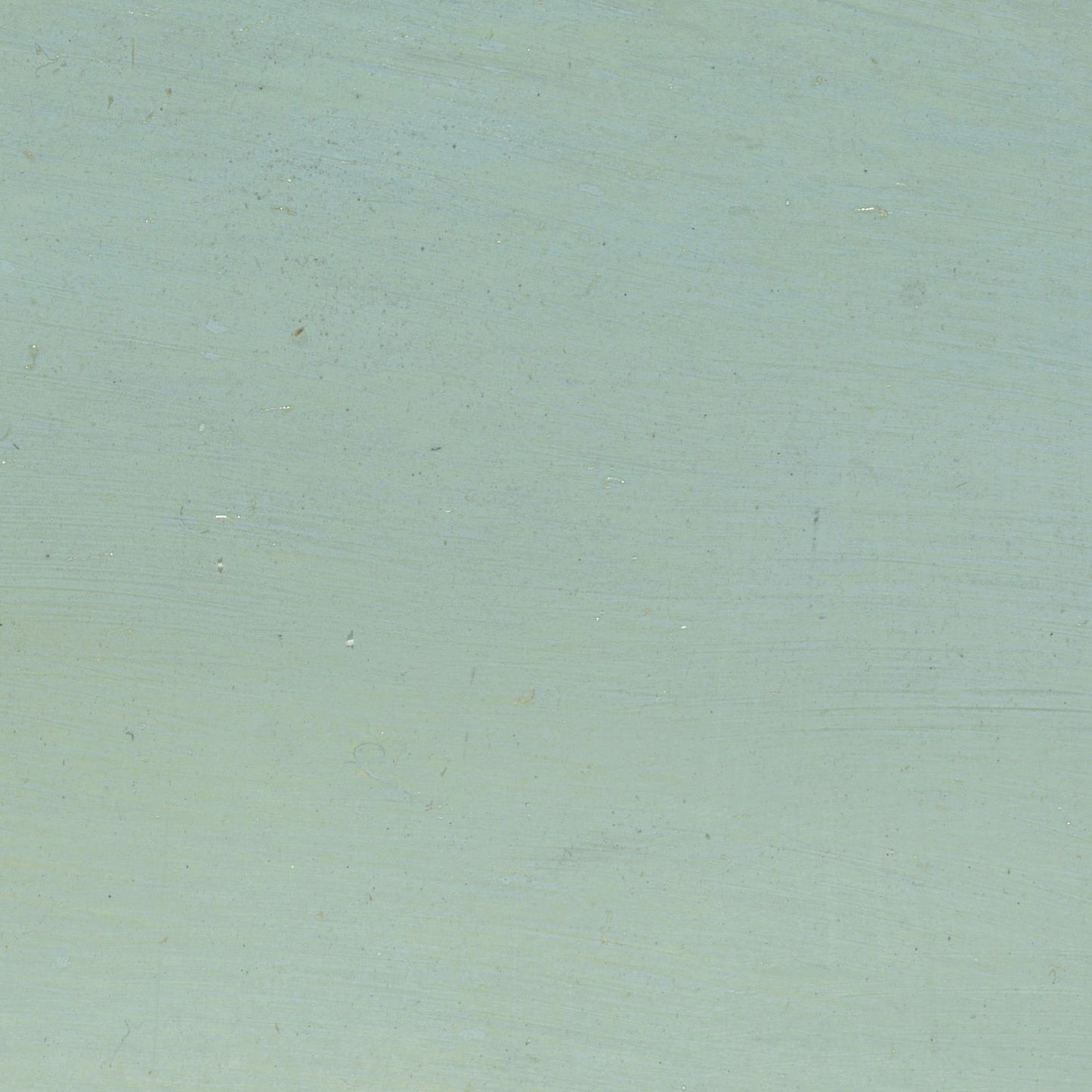
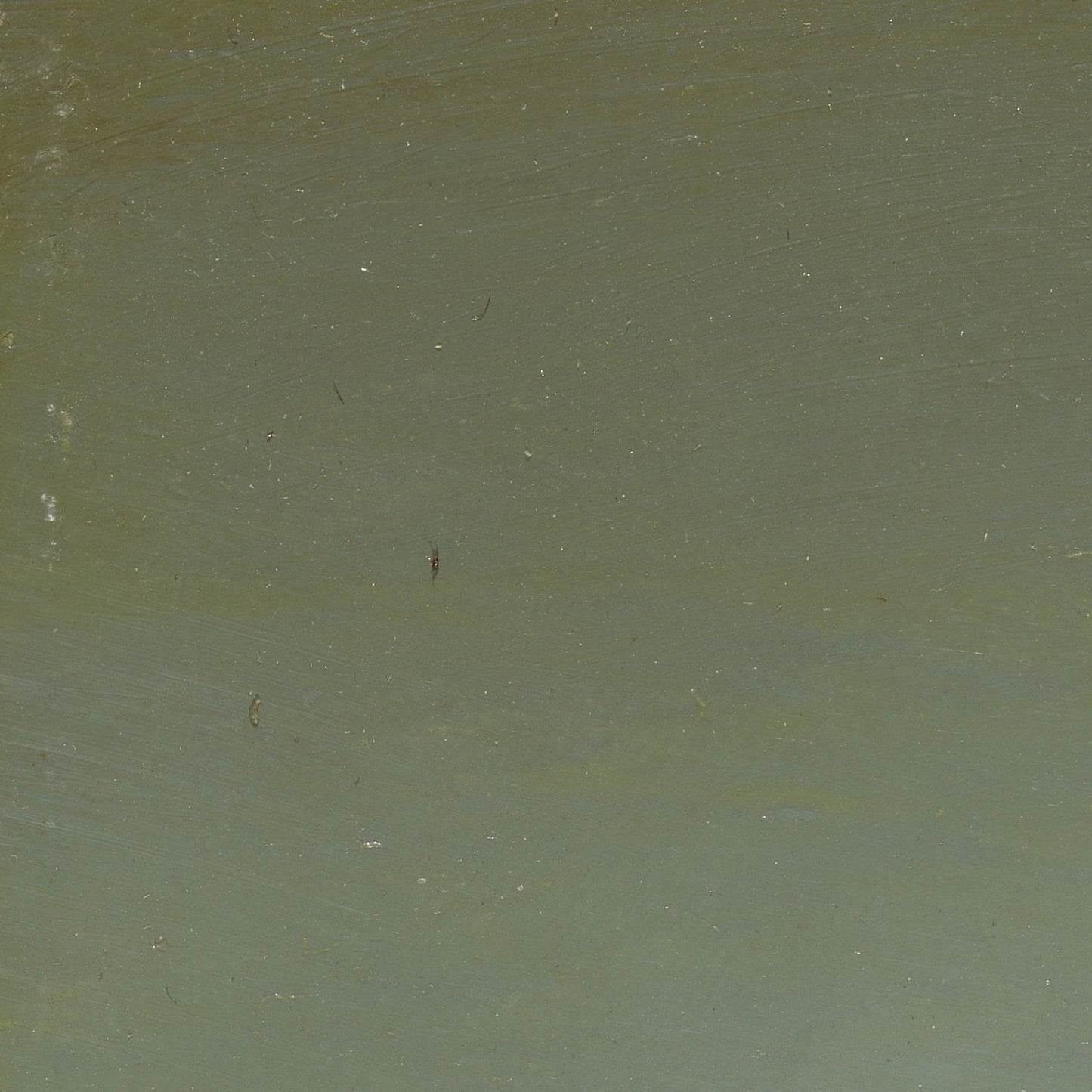
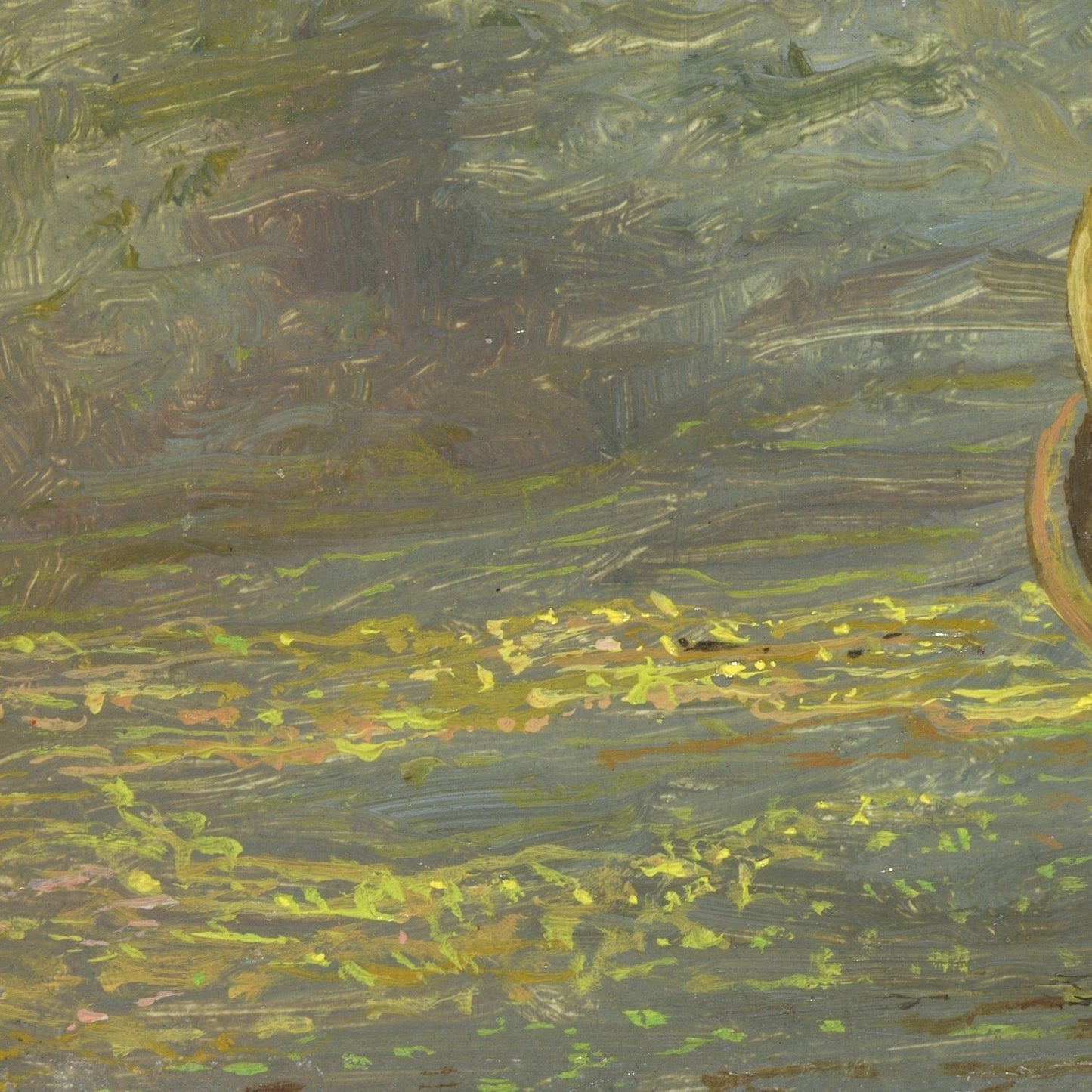
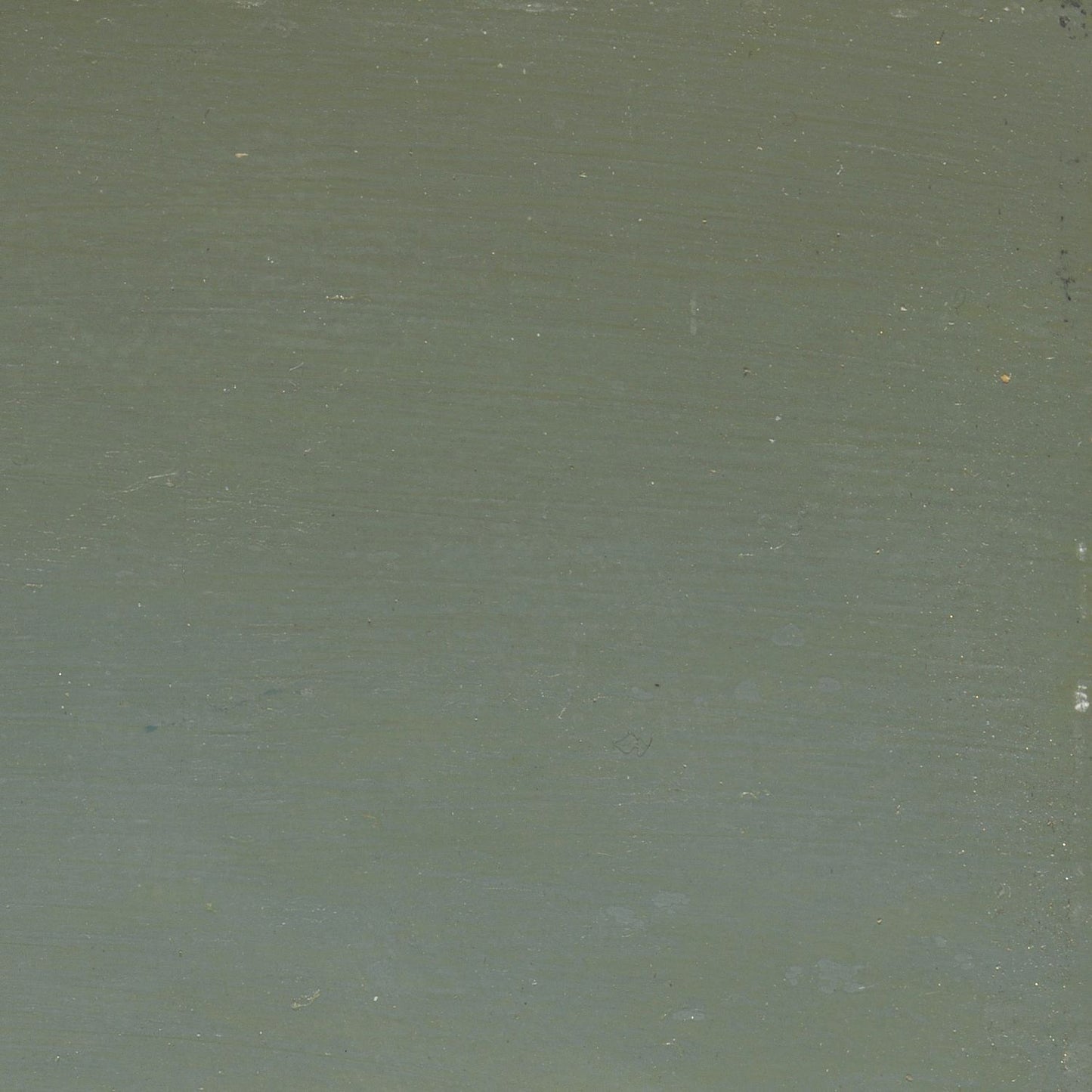
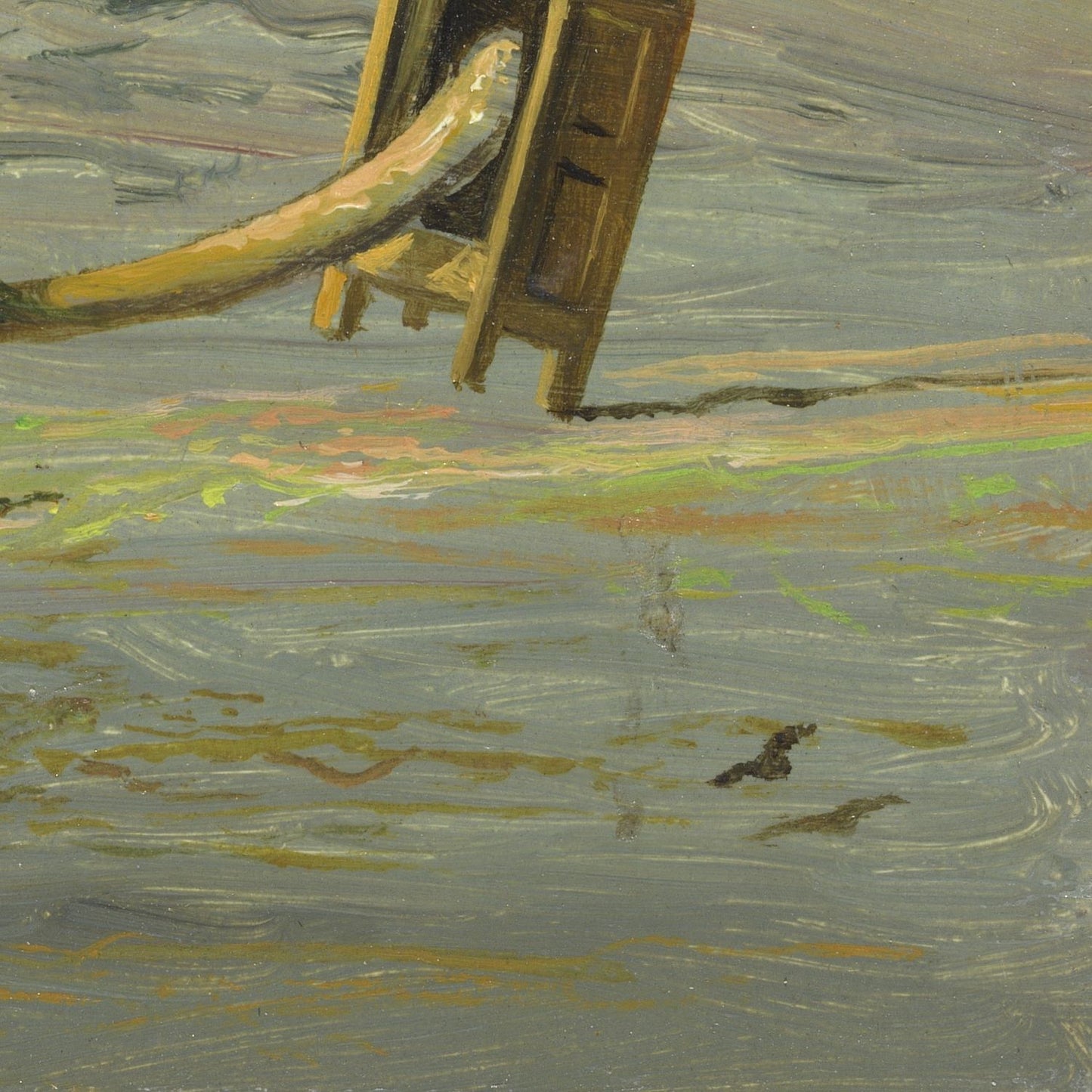
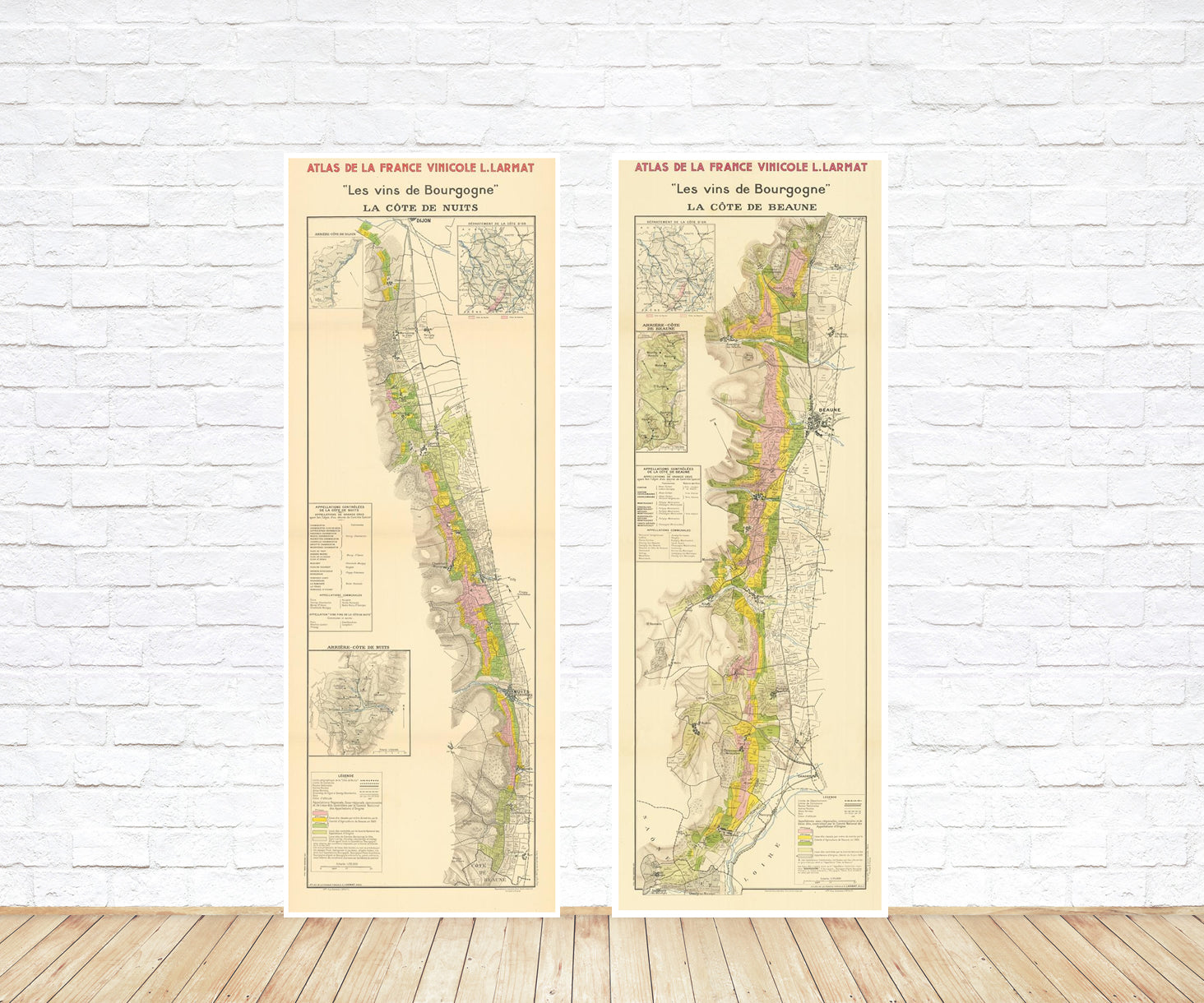
Wine maps
Explore the rich history of wine through centuries-old maps. Dive into the heritage, culture, and geography of wine regions with our collection of vintage wine maps.
These meticulously preserved historical treasures offer a window into the evolution of viticulture, showcasing how wine regions have transformed over the centuries.
-
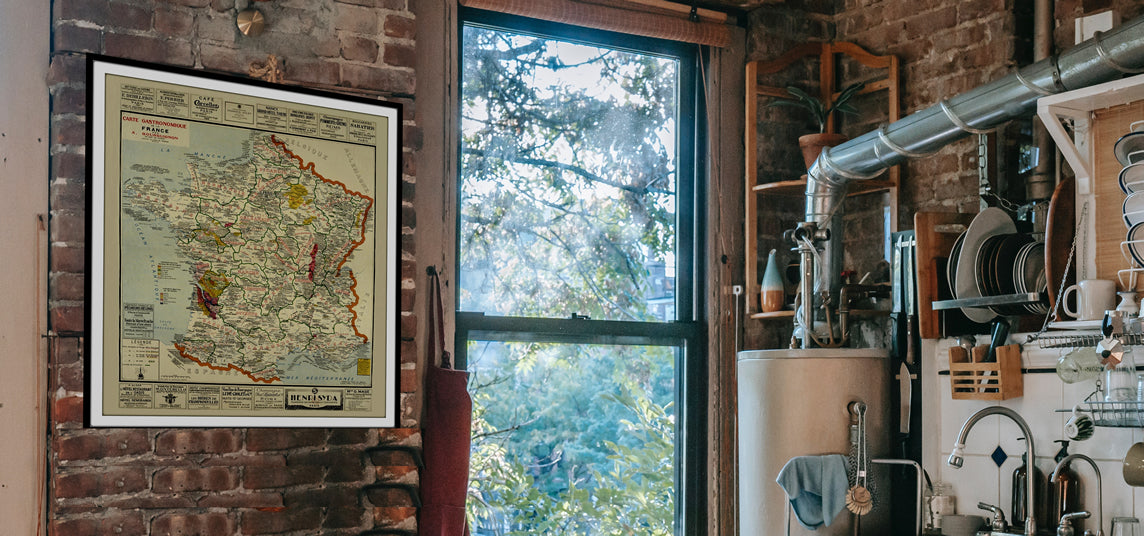
Gastronomic maps
Dive into a world of culinary exploration with our collection of gastronomic maps – your passport to gastronomic adventures like no other. Discover the intricate art of cheese-making and the exquisite world of gourmet delights through our meticulously curated Cheese Maps and Gastronomic Maps.
-
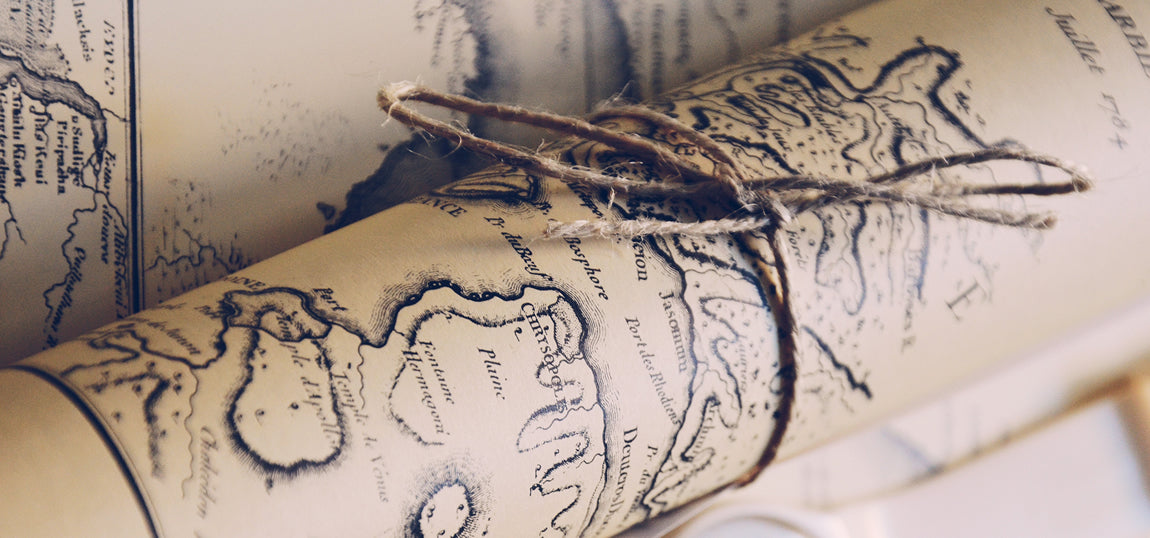
Empires maps
Travel through history as you explore the territorial expanse, conquests, and cultural influences of some of the world's most powerful civilizations. Our antique maps bring the epic tales of empires to life, offering a captivating glimpse into the rise and fall of these extraordinary realms. See all empires maps >








